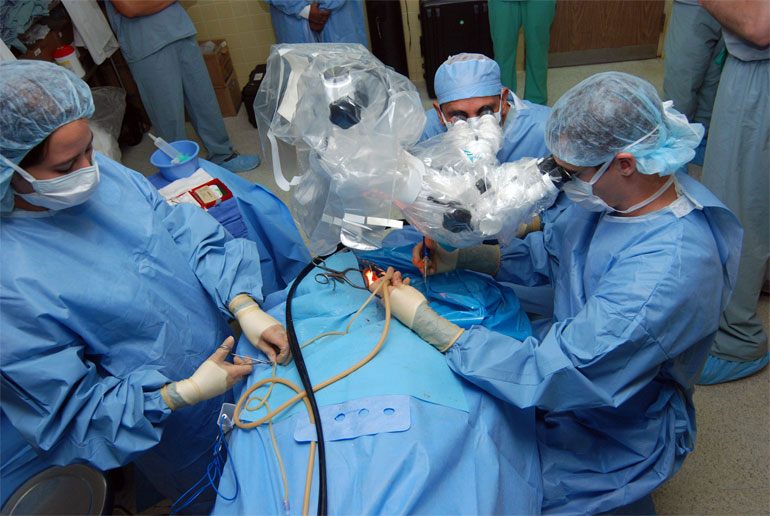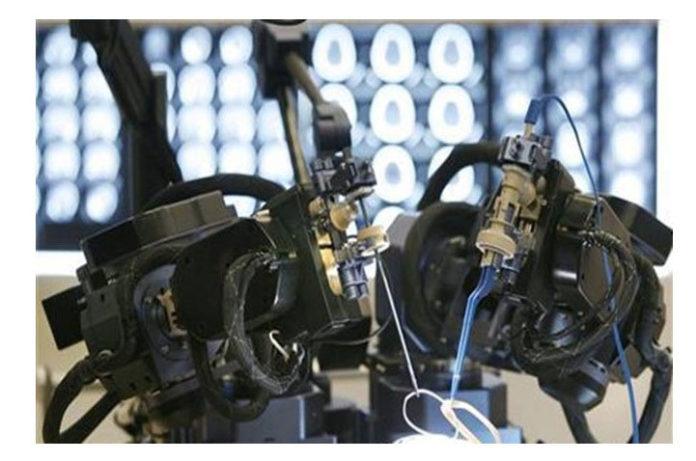A standard surgery takes almost 3 to 6 hours to perform. But this time varies depending on the complexity of the operation. To do so, surgeons use hand drills to make intricate openings, adding hours to a procedure. So, to reduce the long duration procedure from hours into few minutes, scientists at the University of Utah have developed an automated robotic drill for future surgeries.
This new robotic drill can make one type of complex cranial surgery 50 times faster than standard procedures. It creates instant, clean and safe cuts, by reducing the incidence of infection, human error, and surgical cost.
This kind of technology is already available in the machine world. But no one ever used it in medical science.

William Couldwell, M.D., Ph.D., a neurosurgeon at the University of Utah Health said, “It was like doing archaeology. We had to slowly take away the bone to avoid sensitive structures.”
“I saw a need for a device that could alleviate this burden and make the process more efficient.”
Scientists developed this drill from a scratch to meet the needs of the neurosurgical unit. In addition to the scratch, they also used a developed software that sets a safe cutting path.
Primarily, scientists imaged patients’ CT scan to gather bone data and identify the exact location of sensitive structures. For example, nerves, major veins, and arteries that must be avoided. Later on, surgeons used this information to program the cutting path of the drill.
A. K. Balaji, Ph.D., associate professor of mechanical engineering at the University said, “My expertise is dealing with the removal of metal quickly, so a neurosurgical drill was a new concept for me. I was interested in developing a low-cost drill that could do a lot of the grunt work to reduce surgeon fatigue.”
“The software lets the surgeon choose the optimum path from point A to point B, like Google Maps. In addition, the surgeon can program safety barriers along the cutting path within 1 mm of sensitive structures. Think of the barriers like a construction zone. You slow down to navigate it safely.”
This robotic drill works by heavy lifting by removing most of the bone accurately and rapidly. Additionally, it has an automatic emergency shut-off switch. If the drill gets too close to the facial nerve and irritation is monitored, the drill automatically turns off.
Couldwell said, “This drill can be used for a variety of surgeries, like machining the perfect receptacle opening in the bone for a hip implant.”
Now scientists are examining opportunities to commercialize the drill to ensure that it is more widely available for other surgical procedures.
